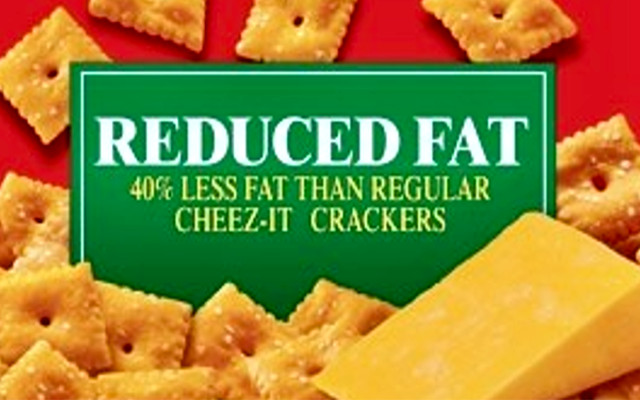Comparative nutrition claims, clarification from Brussels
In the past months, perplexity has occurred over several comparative nutrition claims (1) referring to the previous recipe of the same product, rather than the average of the best-selling foods of the same category in the relevant market.
How to communicate recipe improvement?
The issue is particularly topical in Italy itself, where almost all operators have improved the nutritional profiles of foods by replacing palm oil with other oils. Such as sunflower, corn and canola, and olive, whose saturated fat content is extraordinarily low compared to palm.
Therefore, a question arises, how to communicate product improvement? The operators responsible for labeling (2) demand to bring value to the investments made, and consumers have already shown a willingness to reward their efforts. However, it is necessary to balance the needs of both, under the banner of transparency.
It can certainly be declared ‘palm oil-free,’ as was recently confirmed to us by the Ministry of Economic Development. A statement such as ‘new recipe’ may also be highlighted on the label, (3) as long as this statement is true and therefore provable.
The comparative nutritional claims
Beware, however, of claiming that the product is ‘lighter.’ Such wording in fact qualifies as a comparative nutrition claim, (4) the conditions of use of which are specified in theNutrition & Health Claims (NHC) regulation:
A) the parameter of comparison should be clearly identified (e.g., popcorn X is lighter in saturated fat than the average of the best-selling popcorn in Italy),
B) the comparison should be referred to ‘a range of foods in the same category‘. (5) The consumer must therefore be able to appreciate the distinctive character of the individual food compared to others on the shelf,
C) the representativeness of the sample being compared should be attested by reference to official sources of market analysis (e.g., Source: Nielsen, Symphony-IRI, industry trade association…), (6)
D) the reduction must be significant. (7) At least 30% less in energy value and macro-nutrients (e.g., fat, saturated fat, carbohydrates, sugars). Otherwise, silence.
Brussels’ clarifications
Following a lively debate on the subject in the Working Group‘Labeling, Presentation and Advertising of Food Products‘ run on LinkedIn by my friend Alfredo Clerici, the writer took the trouble to ask the European Commission for clarity. Are the comparative nutritional claims referred to in the previous recipe to be considered legitimate?
The European Parliament, in 2012, had already rejected the petition of some industry lobbies to amend the NHC regulation, expressly providing for the ability to make comparisons with the previous recipe of the same products.
‘Please note that Recital 21 of Regulation (EC) 1924/2006 stipulates that for comparative claims, it is necessary that the products being compared be clearly identified to the final consumer. However, if the products which are compared to are not on the market anymore, it seems difficult to consider that such condition is respected.’
(EC, ‘informal e-mail’ to Dario Dongo, 8/23/17)
The European Commission has been clear in reiterating that ”It is necessary for the products to be compared to be clearly identified to the end consumer. However, if the compared products are no longer on the market, it seems difficult to consider that this condition is met.’
Dario Dongo
Notes
(1) See articles published on Cric Croc popcorn labels, as well as Mulino Bianco and Ringo brand cookies
(2) Pursuant to reg. EU 1169/11, Article 8, the owner of the brand under which the food is sold assumes responsibility for the truthfulness and completeness of the commercial information (label, advertisement) about it
(3) ‘New formula’ is a message also widely used in detergent marketing. Effective, it seems, in consolidating the trust of loyal consumers toward the continuous improvement of branded products
(4) So-called comparative claims, referred to in reg. EC 1924/06, recital 21 and Article 9
(5) Idem c.s. The European Commission Guidelines (2007) went on to clarify the need to precisely delimit the concept of ‘food category’ (e.g., hard cheese rather than the cheese complex, yogurt rather than dairy products in general)
(6) The operational implications of this requirement have been clarified both by the AGCM (Antitrust Authority) and the industry trade associations
(7) Under the conditions provided for the use of the nutrition claims‘light‘ and‘reduced content of…’, set out in Annex to reg. EC 1924/06
Dario Dongo, lawyer and journalist, PhD in international food law, founder of WIISE (FARE - GIFT - Food Times) and Égalité.





